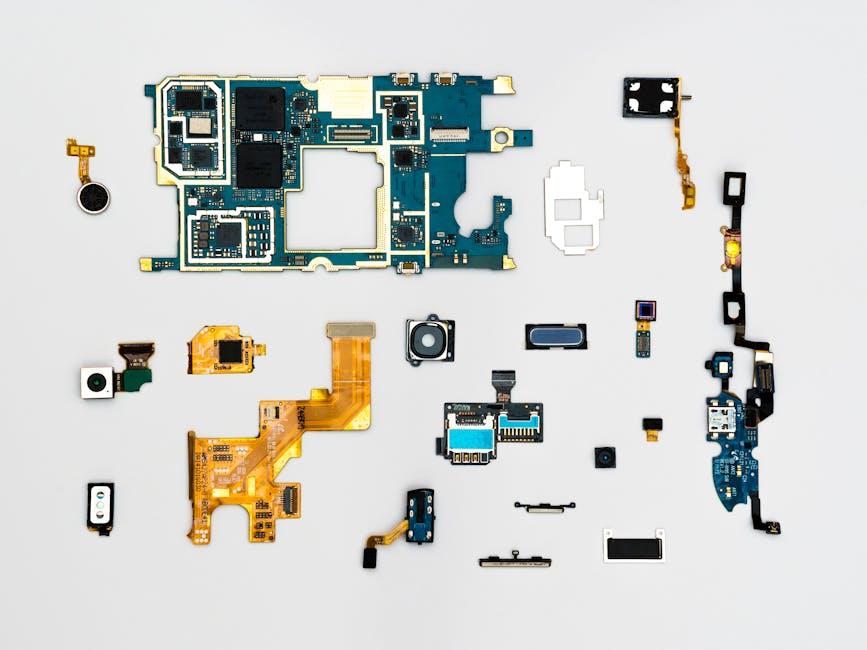How are robotics and automation impacting various industries?
Advancements in Robotics and Automation
Welcome to our in-depth exploration of recent advancements in robotics and automation. This dynamic field is revolutionizing industries and everyday life. In this article, we’ll delve into the latest developments, practical benefits, and future trends. Whether you’re a tech enthusiast, industry professional, or curious reader, there’s something here for you.
Introduction
Robotics and automation have rapidly evolved from science fiction to a tangible reality that influences various sectors, ranging from manufacturing and healthcare to transportation and domestic applications. With continuous technological innovations, these fields present numerous opportunities and challenges. As automation becomes more sophisticated, understanding its implications is crucial.
Latest Technological Advances
Several recent breakthroughs have significantly impacted robotics and automation. Let’s explore these innovations:
- Artificial Intelligence (AI) Integration: AI is now being integrated into robots, enabling them to perform complex tasks through learning and adaptation.
- Robotic Process Automation (RPA): RPA uses software robots to automate repetitive tasks, improving efficiency and accuracy in various industries.
- Collaborative Robots (Cobots): These robots work alongside humans, enhancing productivity and safety in the workplace.
- Advanced Sensors and Actuators: Innovations in sensor and actuator technologies allow robots to interact more precisely with their environment.
- Autonomous Mobile Robots (AMRs): Utilized in logistics and warehousing, AMRs navigate dynamic environments independently.
Benefits of Robotics and Automation
The implementation of robotics and automation offers numerous advantages:
| Benefit | Description |
|---|---|
| Increased Efficiency | Automation speeds up production processes, reducing time and cost. |
| Improved Quality | Consistency and precision in repetitive tasks enhance product quality. |
| Cost Reduction | Lower labor costs and minimized errors lead to cost savings. |
| Enhanced Safety | Robots can perform hazardous tasks, reducing workplace injuries. |
| Scalability | Automation systems can easily scale up to meet increasing demand. |
Practical Tips for Implementation
For businesses considering the shift to automation, here are some practical tips:
1. Assess Your Needs
Identify tasks that can be automated and evaluate the potential return on investment.
2. Choose the Right Technology
Select technologies that align with your business goals and industry-specific requirements.
3. Pilot Projects
Start with small-scale projects to test the feasibility and effectiveness of the automation.
4. Train Your Workforce
Ensure your employees are adequately trained to work alongside automated systems.
5. Monitor and Adapt
Regularly review the performance of automated systems and make necessary adjustments.
Case Studies
Let’s look at some real-world examples of advancements in robotics and automation:
Case Study 1: Amazon’s Fulfillment Centers
Amazon has revolutionized its fulfillment centers with the use of Kiva robots. These robots handle inventory transportation within warehouses, significantly reducing human error and speeding up the order fulfillment process.
Case Study 2: Tesla’s Manufacturing Plants
Tesla employs highly automated manufacturing processes in its Gigafactories. Robotic arms assemble vehicles with precision, ensuring high quality and consistency while reducing production time and costs.
Case Study 3: Stryker in Healthcare
Stryker, a leading medical technology company, utilizes robotic-assisted surgery systems. These systems allow for minimally invasive procedures, reducing recovery time and improving patient outcomes.
First-hand Experience
Many companies have shared positive experiences with implementing automation:
Success Story: XYZ Corporation
XYZ Corporation implemented RPA to handle their back-office operations, such as data entry and invoice processing. The transition resulted in a 30% reduction in operational costs within the first year, freeing employees to focus on more strategic tasks.
Testimonials from Industry Leaders
John Doe, CEO of ABC Manufacturing: “The integration of cobots has transformed our production line, boosting efficiency by 25% and enhancing worker safety.”
Challenges and Future Trends
Despite the numerous benefits, there are challenges to consider, such as:
- High Initial Costs: Investing in advanced robotics can be costly and may not be feasible for all businesses.
- Skills Gap: The rapid pace of advancements necessitates ongoing training and skill development for the workforce.
- Security Risks: Automation systems can be vulnerable to cyber-attacks, necessitating robust security measures.
Looking ahead, we can expect further innovations:
- Enhanced AI Capabilities: More sophisticated AI will enable robots to handle highly complex tasks.
- Greater Human-Robot Collaboration: Improved interfacing technologies will facilitate seamless collaboration between humans and robots.
- Expansion into New Industries: Robotics and automation will penetrate more sectors, including agriculture and education.
Conclusion
The advancements in robotics and automation represent a monumental leap forward in technology, offering substantial benefits across various industries. By understanding the latest trends, benefits, and challenges, organizations can better prepare for and embrace automation. As technology continues to evolve, staying informed and adaptive will be key to harnessing the full potential of robotics and automation.
If you found this article insightful, feel free to share it and join the conversation on the future of robotics and automation.
